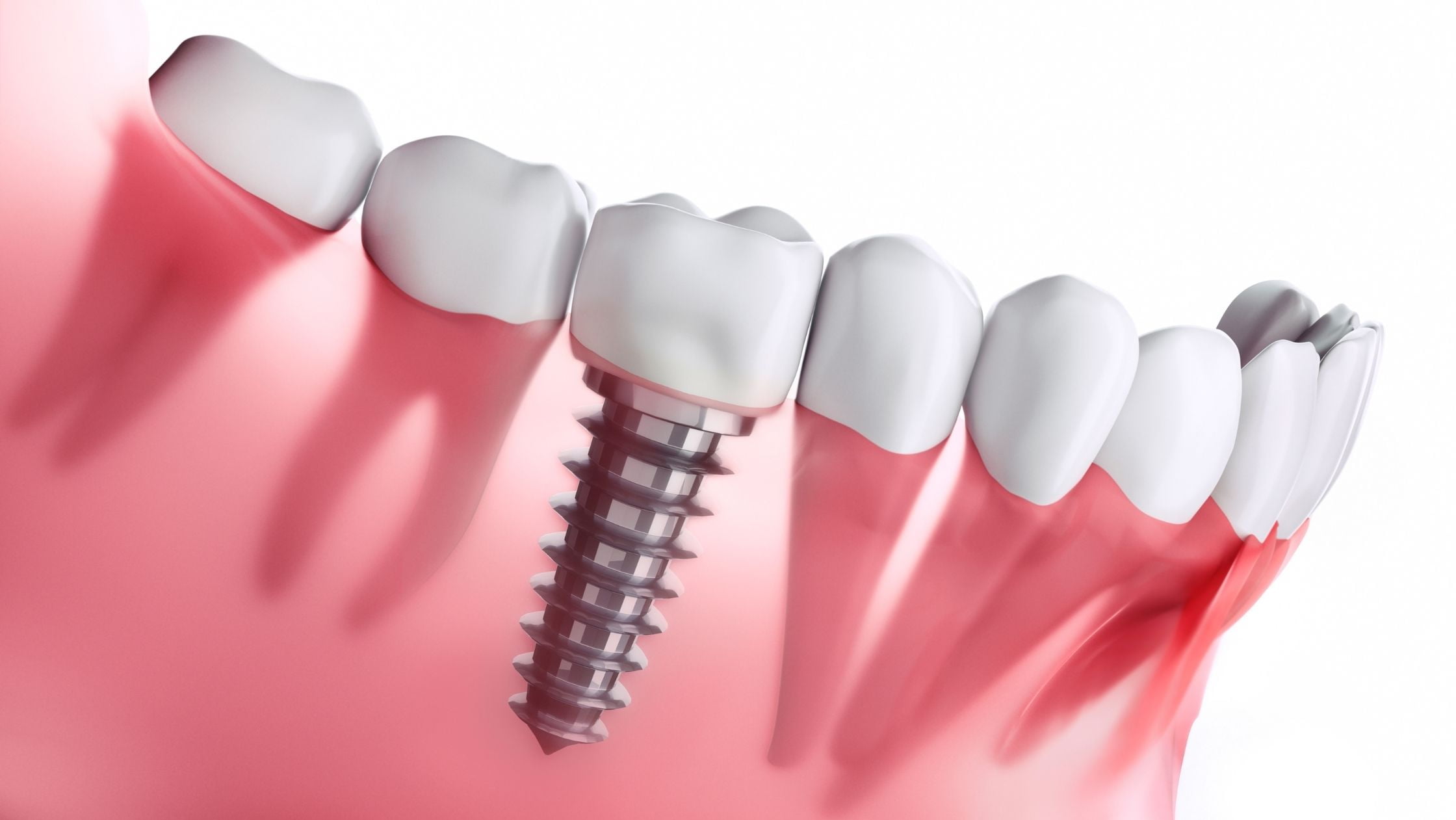Introduction
Dental restorations are vital for repairing damaged teeth or replacing missing ones. Among the most common treatments are crowns and bridges. While both are designed to restore functionality and appearance, they serve distinct purposes. At Hadi Perfect Smile Dental Clinic, we specialize in these restorative treatments, helping patients regain their confident smiles. In this blog, we’ll explore the differences between crowns and bridges, their benefits, and how to determine which one is right for you.
What Is a Dental Crown?

A crown, also known as a dental cap, is a restoration placed over a damaged tooth to improve its shape, size, and strength. Crowns can also be used to enhance the appearance of a tooth.
Uses of a Crown:
- Protecting a weak tooth from breaking.
- Restoring a fractured or worn-down tooth.
- Covering a tooth with a large filling when little natural tooth remains.
- Capping a dental implant.
- Enhancing the appearance of discolored or misshapen teeth.
Types of Crowns:
- Metal Crowns: Made from gold, palladium, or other alloys; extremely durable.
- Porcelain Crowns: Tooth-colored and ideal for front teeth; blend naturally with existing teeth.
- Porcelain-Fused-to-Metal (PFM) Crowns: Combine durability and aesthetics.
- Zirconia Crowns: Durable and highly aesthetic; suitable for all teeth.
What Is a Dental Bridge?

A bridge is a dental restoration that replaces one or more missing teeth by anchoring to adjacent teeth or implants. A bridge literally “bridges” the gap created by missing teeth.
Uses of a Bridge:
- Replacing one or more missing teeth.
- Preventing adjacent teeth from shifting.
- Restoring chewing and speaking functionality.
- Maintaining the shape of your face by supporting jaw structure.
Types of Bridges:
- Traditional Bridges: Use crowns on adjacent teeth as anchors.
- Cantilever Bridges: Used when only one adjacent tooth is available as support.
- Maryland Bridges: Supported by a metal or porcelain framework bonded to adjacent teeth.
- Implant-Supported Bridges: Anchored directly to dental implants for greater stability.
Crown vs. Bridge: Key Differences
| Aspect | Crown | Bridge |
|---|---|---|
| Purpose | Covers and protects a single tooth. | Replaces one or more missing teeth. |
| Application | Placed over a damaged or treated tooth. | Spans the gap between missing teeth. |
| Anchoring | Requires a single tooth or implant. | Requires support from adjacent teeth or implants. |
| Material Options | Metal, porcelain, PFM, or zirconia. | Similar materials as crowns, plus frameworks. |
| Longevity | Durable with proper care; lasts 5-15+ years. | Durable but may need replacement after 5-10 years. |
Benefits of Crowns
- Tooth Protection: Shields weakened teeth from further damage.
- Improved Appearance: Enhances the aesthetics of discolored or misshapen teeth.
- Versatility: Can be used with dental implants.
- Durability: Long-lasting with proper care.
Benefits of Bridges
- Restores Functionality: Replaces missing teeth, improving chewing and speaking.
- Prevents Tooth Shifting: Keeps surrounding teeth in proper alignment.
- Aesthetic Appeal: Fills gaps, restoring a natural-looking smile.
- Cost-Effective Solution: Less expensive than replacing individual teeth with implants.
When to Choose a Crown
You may need a crown if:
- You have a severely decayed or fractured tooth.
- You’ve undergone a root canal treatment.
- You want to restore the appearance of a discolored or misshapen tooth.
- You need to cover a dental implant.
When to Choose a Bridge
A bridge is ideal if:
- You’re missing one or more teeth.
- Adjacent teeth are healthy and can serve as anchors.
- You’re not a candidate for implants due to bone loss or other factors.
The Process of Getting a Crown or Bridge
For a Crown:
- Examination and preparation of the tooth.
- Removal of decay or reshaping of the tooth.
- Taking impressions for a custom fit.
- Placement of a temporary crown.
- Placement of the permanent crown during a follow-up visit.
For a Bridge:
- Preparation of adjacent teeth (for traditional bridges).
- Taking impressions of the gap and anchor teeth.
- Placement of a temporary bridge.
- Placement of the permanent bridge during a follow-up visit.
Care Tips for Crowns and Bridges
- Maintain Good Oral Hygiene: Brush twice daily and floss around the restoration.
- Avoid Hard Foods: Prevent chipping or damage to the crown or bridge.
- Regular Dental Checkups: Ensure your restoration is functioning well.
- Use Fluoride Toothpaste: Protect the underlying teeth from decay.
Why Choose Hadi Perfect Smile Dental Clinic?
At Hadi Perfect Smile Dental Clinic, we specialize in providing high-quality crowns and bridges using advanced technology and materials. Here’s why you should trust us:
- Expert Dentists: Skilled in both restorative and cosmetic procedures.
- Personalized Care: Tailored treatment plans for each patient.
- Comfortable Environment: A focus on your comfort throughout the procedure.
- Long-Lasting Results: Durable and aesthetic dental restorations.
Frequently Asked Questions
Q: How long do crowns and bridges last?
A: With proper care, crowns can last 10-15 years, while bridges typically last 5-10 years.
Q: Do crowns and bridges require special care?
A: Maintain good oral hygiene, avoid hard foods, and visit your dentist regularly to prolong their lifespan.
Q: Are crowns and bridges noticeable?
A: Modern materials ensure they blend naturally with your existing teeth.
Q: Can I get a bridge if I have missing back teeth?
A: Yes, implant-supported bridges are ideal for such cases.
Conclusion
Both crowns and bridges are effective solutions for restoring your smile and improving dental functionality. Understanding their differences can help you make an informed decision about the best treatment for your needs. At Hadi Perfect Smile Dental Clinic, we are committed to providing exceptional care and guidance throughout your dental restoration journey.
Contact us today to schedule your consultation and discover the perfect solution for your smile!






